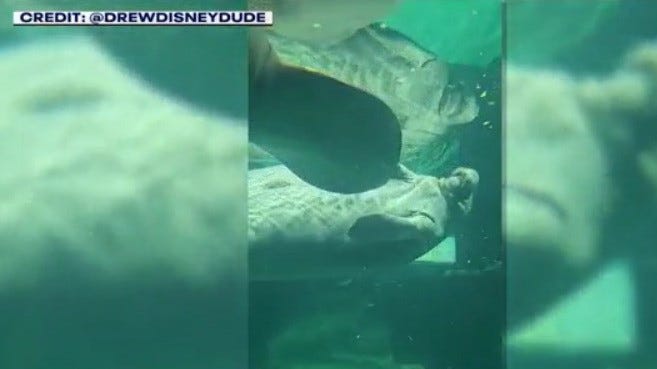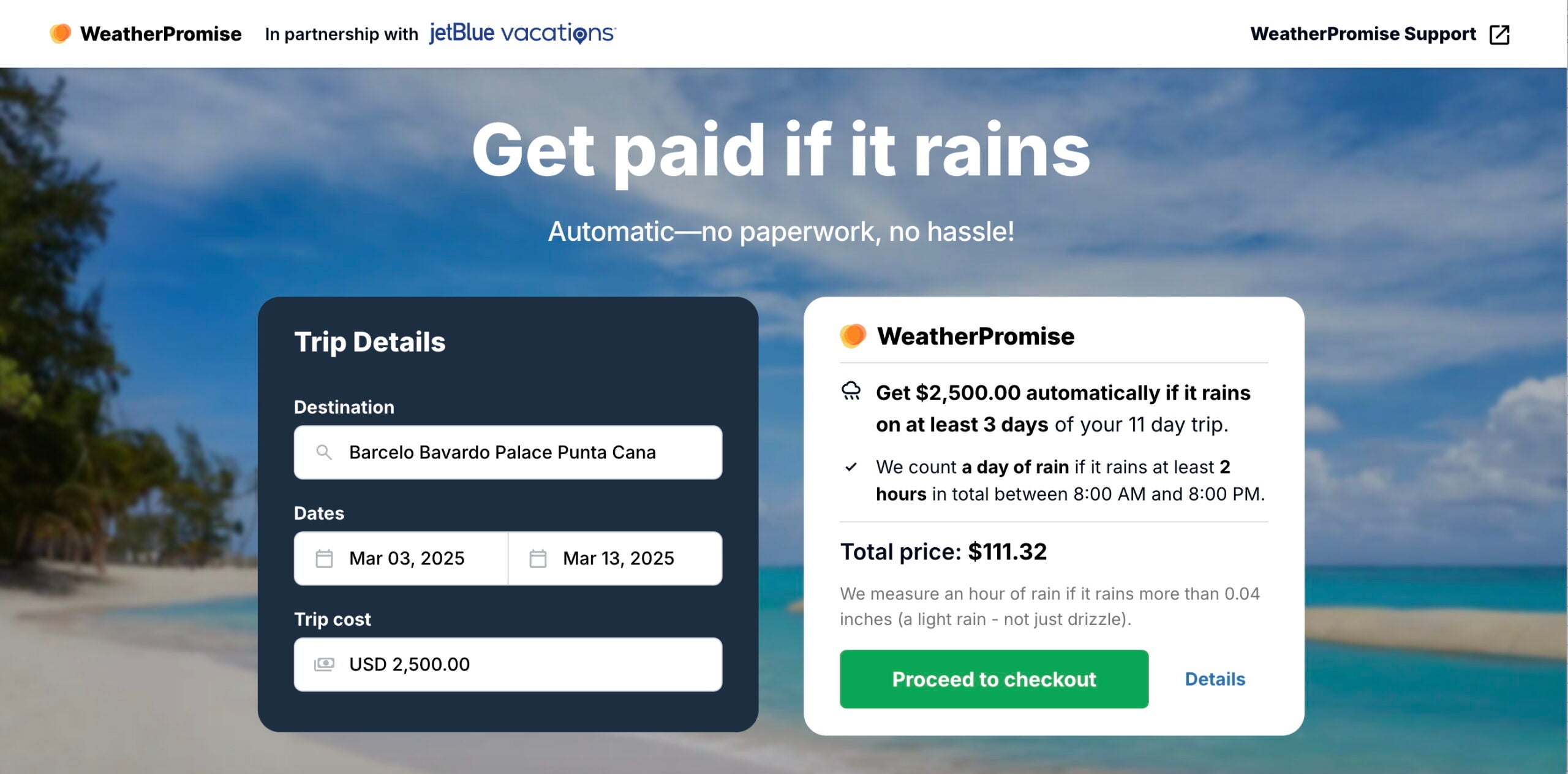Manatees Are Back At Epcot, But These Won't Be Here As Long As Lil Joe

- Two new manatees, Cider and Mino, have arrived at EPCOT's The Seas with Nemo & Friends exhibit.
- The manatees are part of a rehabilitation program and will eventually be released back into the wild.
- Disney is now focusing on short-term care for manatees with critical needs.
Two new aquatic friends have joined The Seas with Nemo & Friends at Walt Disney World.
Manatees Cider and Mino made their public debut on Thursday at EPCOT.
Guests had been saddened by the seemingly sudden departure of their predecessors, who had been longtime residents of the park. However, their move and the arrival of these new manatees marks a significant change behind the scenes.
“We get to play an even more important role in this organization in order to help more and more manatees,” Dr. Jen Flower, clinical veterinarian at Walt Disney World, told USA TODAY.
Here’s what both Disney and manatee lovers should know.
Disney is part of the Manatee Rescue and Rehabilitation Partnership. (MRP), a consortium of public and private agencies and organizations working to protect the threatened species. Other members include USGS, Florida Fish and Wildlife Conservation Commission, and SeaWorld.
Previously Disney World had been focused on long-term care for manatees who could not be safely released back into the wild.
“Now that the conservation need has really increased a lot with manatees over the years, what was best for the MRP or the Manatee Rescue and Rehabilitation Partnership, was to allow Disney to move our long-term resident animals,” Flower explained. “Open up that space to allow Disney to take those more short-term critical need manatees so that we can provide really great care for them.”
Their names are Cider and Mino, pronounced like minnow.
Cider is believed to be 4 years old. She weighs around 770 pounds.
“She has an infection, what we call an abscess or subcutaneous infection, that we're monitoring and treating, so we need to clear that up and make sure she's nice and healthy before we release her back into the wild,” Flower said.
Mino is thought to be between 2 and 3 years old and is much smaller, at about 470 pounds.
“The main goal with him is just getting weight on him, feeding him lots and lots of delicious lettuce, and getting him to our weight threshold, which typically is about 600 pounds,” Flower said. "We like them to be at least 600 pounds before we release them back into the wild because we found that that's really correlated with the best long-term success in these guys."
She said the pair’s personalities complement each other well. She described Mino as laid back and chill.
“Cider is what we like to call a little bit spicy, so we call her Spicy Cider,” she joked. “It never ceases to amaze me the personalities that these animals have and how quickly we get to know them and get to love them as well.”
Disney’s Animal Health Director, Dr. Geoff Pye, said both manatees have been eating well and gaining weight since arriving at The Seas.
“I’m feeling very confident that they’re going to do well and that sometime in the future, we’ll be able to release them,” he said. “I think that the time that they’ll be here is still to be determined, but typically, we usually have our rehab manatees about six to nine months.”
In the meantime, guests can see the manatees at The Seas with Nemo and Friends and learn all about the species and how to help protect them.
No. Both Lil Joe and Inigo were moved in January to Gulfarium Marine Adventure Park in Fort Walton Beach, Florida, along the Panhandle. The Gulfarium is also part of the MRP and its CEO, Patrick Berry, was previously marine mammal manager at Disney’s Seas.
The Gulfarium sent a team, including their full-time veterinarian, down to the Seas prior to the move, and Flower and other members of Disney’s care team traveled with Lil Joe and Inigo up to the Gulfarium to help with the transition. Berry told USA TODAY that both were doing well.
They’re currently considered unreleasable, and past attempts to release them to the wild have not been successful.
“We're going to take care of them for a little while until either their positions change and they're ready to go out or perhaps for the rest of their lives,” Berry said.
Lil Joe and Inigo’s new home holds more than 300,000 gallons of water. The Gulfaium’s Manatee Cove previously housed dolphins, which were moved to an even larger Dolphin Oasis on site. The new space has been retrofitted specifically for the manatees with new heating and cooling equipment, a new medical area, and a rock feature with built-in ledges.
“That way, the manatees can go and rest at different levels of the water column instead of just resting it down on the bottom at 14 feet,” Berry said. “Some of the animals that might come in might be what we call sinkers, where they have lost their buoyancy and the ability to float properly.”
“It may be the only time in their whole life that they see a manatee, depending on where they're from,” Flower said. She hopes they leave inspired to help protect the animals and others.
“Start with the simple things," she said. “When you go to the beach with your family, make sure that you pick up after yourselves. Don't leave your debris on the beach that could then wash into the water, which then could be incidentally ingested by a manatee, or could potentially entrap a manatee around their flippers, or cause wounds on a manatee.”
For boaters in manatee habitats, she encouraged following posted speed limits.
"Because manatees are really, really hard to see because of their coloration. They blend in really, really well with the water,” she said, especially if there is any sort of wake.
Florida Fish and Wildlife Conservation Commission’s website offers additional information on how to protect manatees.
(This story has been updated to correct a typo.)


